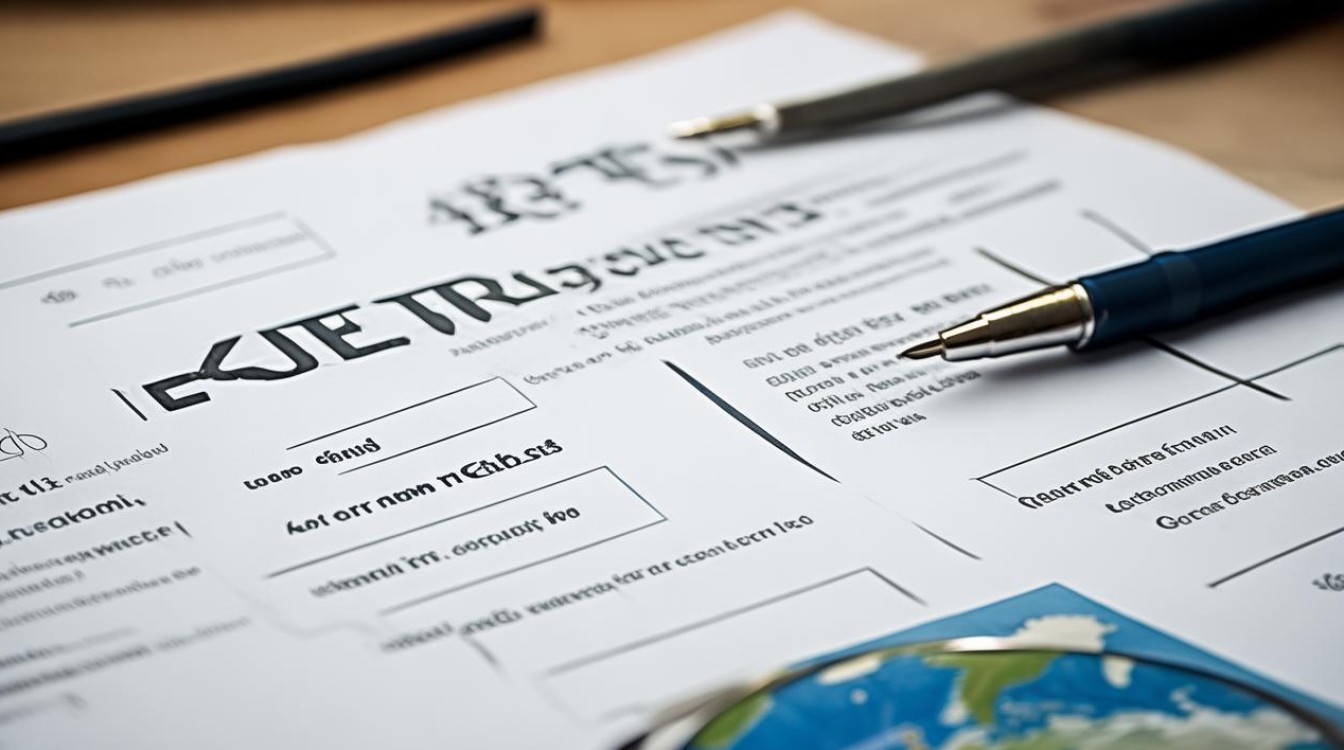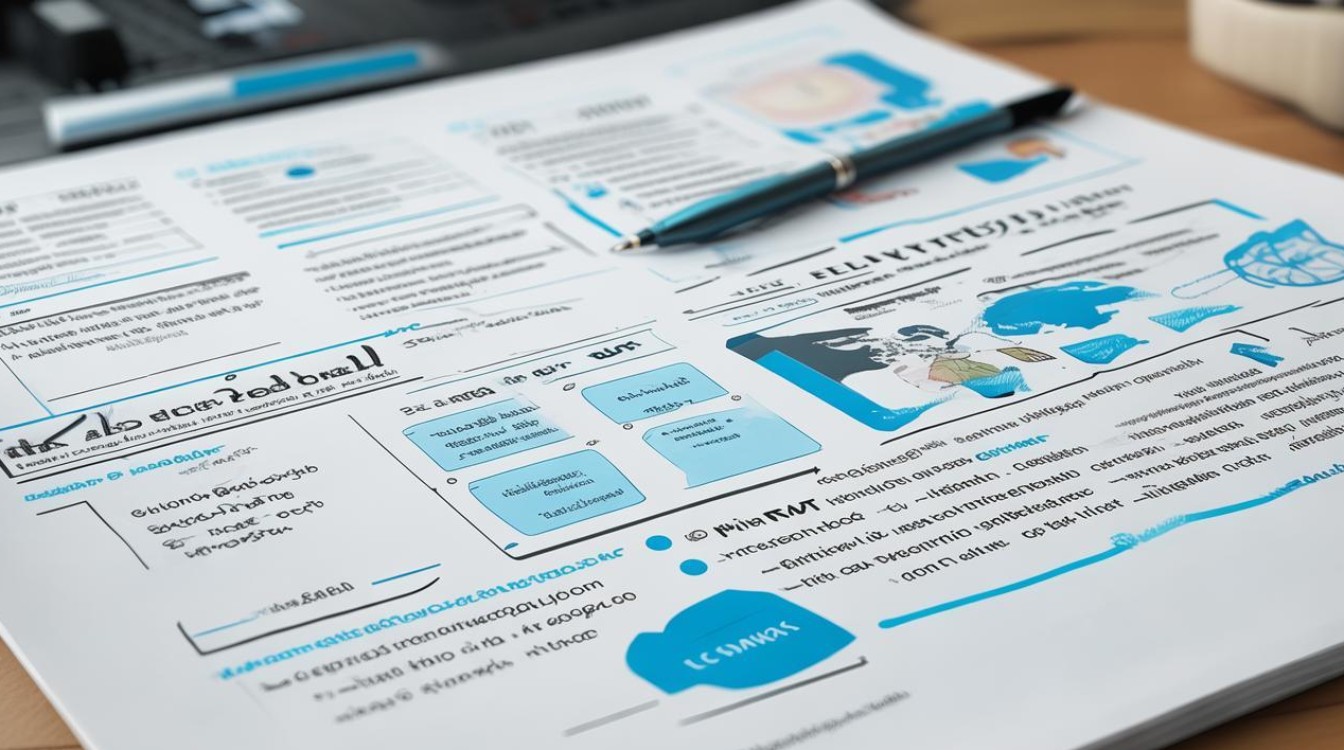雅思考试中,静态图表(Static Graphs)是小作文常见的题型之一,主要涉及表格、饼图、柱状图或流程图等非时间变化的数据展示,许多考生在面对这类题目时容易陷入误区,导致得分不理想,本文将系统解析静态小作文的写作方法,帮助考生掌握核心技巧,提升写作分数。

静态图表的特点与分类
静态图表与动态图表的最大区别在于数据不随时间变化,而是展示某一时间点或固定范围内的对比关系,常见的静态图表包括:
- 表格(Table):呈现多组数据的精确数值,适合比较不同类别之间的差异。
- 饼图(Pie Chart):展示整体中各部分的比例关系,适合强调占比分析。
- 柱状图(Bar Chart):用于比较不同类别的数值大小,尤其适合多组数据对比。
- 流程图(Process Diagram):虽然不涉及数据,但属于静态信息展示,需按步骤描述。
理解图表类型是写作的第一步,不同类型的图表需要采用不同的描述方法。
静态小作文的核心写作结构
一篇高分的静态小作文应包含清晰的逻辑结构,通常分为四段:
引言段(Introduction)
用1-2句话改写题目,说明图表展示的内容,避免直接复制题目,可替换同义词或调整句式。
示例:
原题:The table below shows the percentage of students choosing different subjects in a university.
改写:The table illustrates the proportion of university students enrolled in various academic disciplines.

概述段(Overview)
这是得分关键,需概括图表的主要趋势或最显著特征,避免细节数据,只需提炼2-3个核心点。
示例:
“Overall, science-related subjects were the most popular among students, while arts courses had the lowest enrollment. Additionally, gender disparities were evident in certain fields.”
细节段(Detail Paragraphs)
用两段分别描述具体数据,注意逻辑分组,可按数值大小、类别相似性或对比关系划分。
写作技巧:
- 使用比较级和最高级(the highest, the lowest, more popular than)。
- 引入数据时,避免简单罗列,需体现分析(account for, constitute, represent)。
- 适当使用衔接词(in contrast, similarly, however)增强连贯性。
示例:
“Engineering was the most preferred subject, attracting 35% of male students, compared to only 12% of females. In contrast, nursing saw a reverse trend, with female participation reaching 28%, nearly triple the male figure.”

高分语言表达技巧
数据描述多样化
避免重复使用“show”或“give information about”,可替换为:
- illustrate, demonstrate, present, depict
精准使用比例词汇
- 较高比例:a significant majority, a large proportion
- 较低比例:a small fraction, a minority of
- 近似比例:roughly, approximately, nearly
避免绝对化表述
静态图表的数据是特定的,避免使用“always”或“never”,改用“tend to”或“are more likely to”。
常见错误与规避方法
- 遗漏概述段:许多考生直接进入细节描述,导致Task Achievement评分降低,务必在第二段概括核心特征。
- 数据过度堆砌:只需选择代表性数据,而非逐一复述,描述最大值、最小值和异常值即可。
- 时态错误:静态图表通常用一般现在时,除非题目明确指向过去时间。
- 主观臆断:避免添加图表以外的信息或个人观点,如“This is because…”。
实战案例分析
以下是一道典型静态表格题及高分范文:
**
The table shows the average income and expenditure of households in three countries in 2020.
| Country | Average Income ($) | Average Expenditure ($) | Savings ($) |
|---|---|---|---|
| A | 45,000 | 38,000 | 7,000 |
| B | 32,000 | 30,500 | 1,500 |
| C | 28,000 | 26,000 | 2,000 |
范文:
The table compares the financial patterns of households in three nations in terms of earnings, spending, and savings in 2020.
Overall, Country A had the highest income and expenditure, along with the most substantial savings. In contrast, Countries B and C exhibited lower financial figures, with minimal differences between their spending and income.

Country A’s households earned an average of $45,000 annually, spending $38,000 and saving $7,000—the highest among the three. This resulted in a savings rate of approximately 15.5%. Meanwhile, Country B’s income and expenditure were significantly lower, at $32,000 and $30,500 respectively, leaving only $1,500 in savings. Similarly, Country C’s residents earned $28,000 and spent $26,000, saving marginally more than Country B at $2,000.
Notably, while Country A’s savings were nearly five times that of Country B, the latter two nations had comparable savings rates, both below 10%.
提升练习建议
- 限时训练:在20分钟内完成写作,培养时间管理能力。
- 多维度对比:练习从不同角度分组数据(如按性别、年龄、地区等)。
- 范文分析:研究高分范文的结构和用词,模仿其逻辑框架。
- 反馈修正:通过教师或在线工具检查语法和连贯性,重点改进薄弱环节。
静态小作文的高分秘诀在于精准的数据选择、清晰的逻辑分层和地道的语言表达,通过系统训练和策略应用,考生完全可以在短期内实现显著提升,雅思写作并非考验创意,而是考察信息整合与语言驾驭能力,掌握规则便能稳中求胜。

